The Midwest, known for its distinct weather patterns and architectural tastes, has seen a diverse range of siding materials come and go over the past century. Each decade introduced its own popular choice, influenced by factors like availability, cost, durability, and aesthetic trends.
The Roaring 20s and The Great Depression (1920s-1930s)
In the 1920s and 1930s, wood was the most common type of siding. Wood was readily available and provided a robust barrier against the harsh Midwest winters. During this period, clapboard (also known as lap or bevel siding) and wood shingle siding were popular choices. As the Great Depression took hold, economic hardships likely limited significant shifts in siding materials.
The Post-War Boom (1940s-1950s)
The post-World War II housing boom of the late 1940s and into the 1950s saw the introduction of new materials like aluminum siding. This material was durable, low-maintenance, and seen as a modern alternative to wood. By the mid-1950s, aluminum siding had become a popular choice in the Midwest due to its longevity and resistance to the elements.
The Age of Experimentation (1960s-1970s)
The 1960s and 1970s saw an experimental phase in siding, with the introduction of materials like vinyl and HardiePlank (a type of fiber-cement siding). Vinyl siding, introduced in the late 1950s, was cheaper and offered more color options than aluminum, leading to its increased popularity through the 60s and 70s.
The Rise of Vinyl (1980s-1990s)
By the 1980s and 1990s, vinyl siding had become the dominant choice for many homeowners in the Midwest. It was affordable, versatile, and required less maintenance than wood or aluminum. The 1990s also saw a resurgence in the popularity of wood siding, particularly cedar, for its natural and rustic appeal.
The New Millennium (2000s-2010s)
The turn of the millennium saw a push for more sustainable and energy-efficient materials. Fiber-cement siding, such as HardiePlank, grew in popularity due to its durability, low maintenance, and resistance to common issues like termites and rot. Engineered wood, a composite material that offers the look of wood siding with increased durability and less maintenance, also made its mark during this period.
The 2020s and Beyond
As we move through the 2020s, homeowners are balancing aesthetics, cost, and sustainability in their choice of siding. Vinyl remains a popular choice, but other materials like fiber-cement and engineered wood are also common. There's also growing interest in innovative materials like metal siding and modern synthetic options that promise superior durability and energy efficiency.
This evolution of siding in the Midwest reflects the broader trends in architecture, technology, and homeowner preferences. As we continue to advance in the realms of sustainability and technology, who knows what the next popular siding material will be?
*Please note that these are general trends and individual experiences may have varied. The availability of materials and local tastes would have influenced the popularity of different siding types in specific regions of the Midwest.
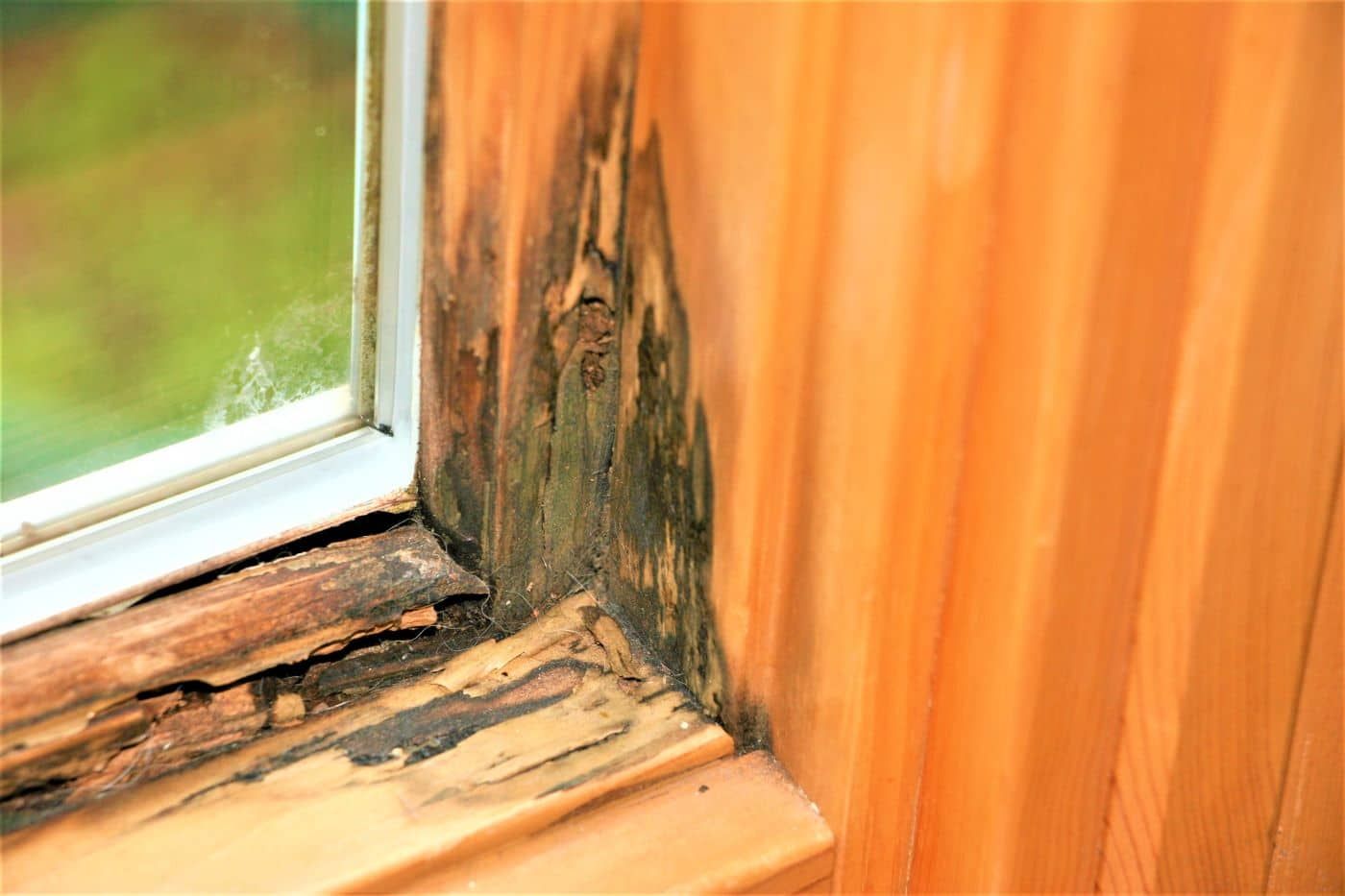
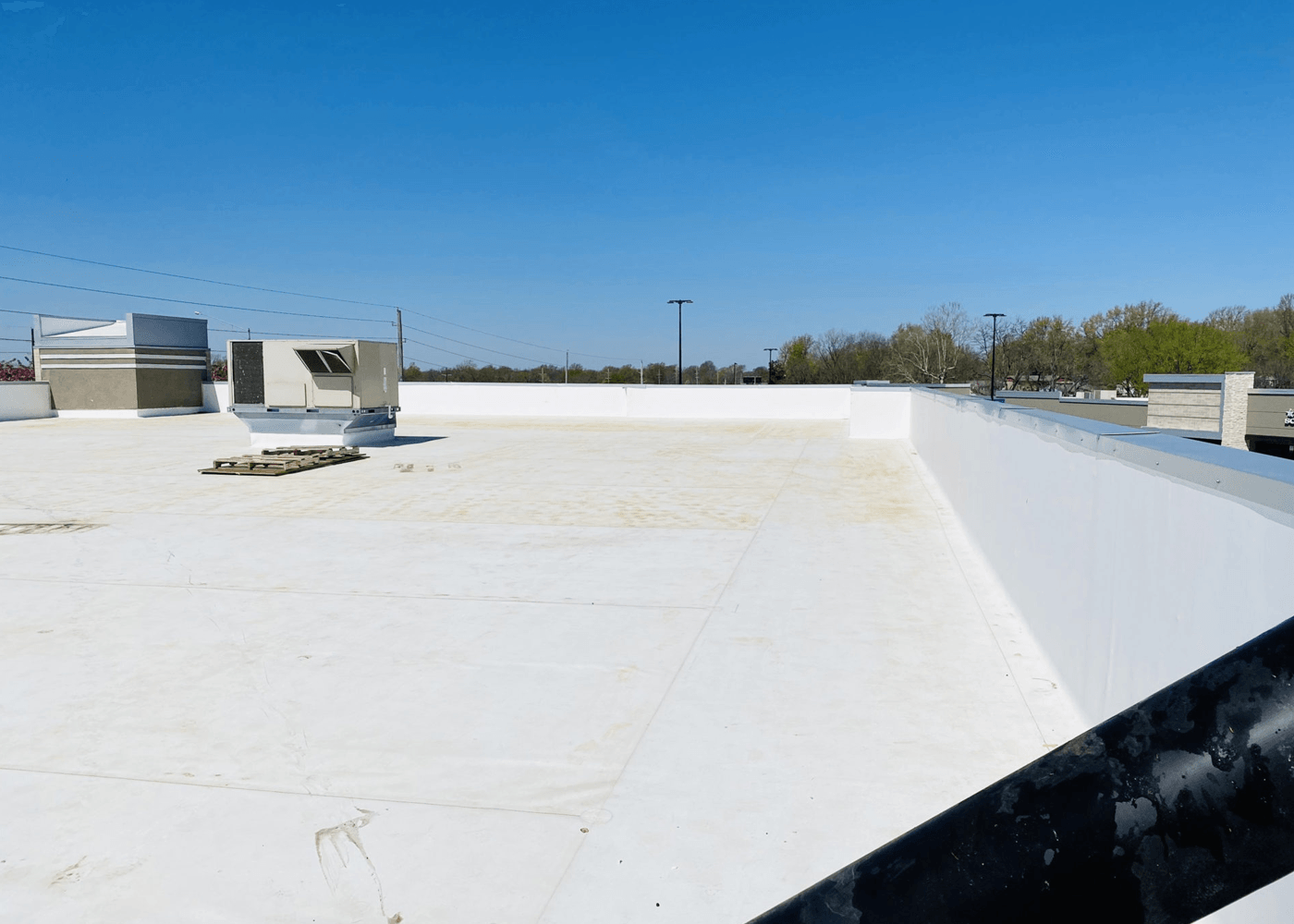
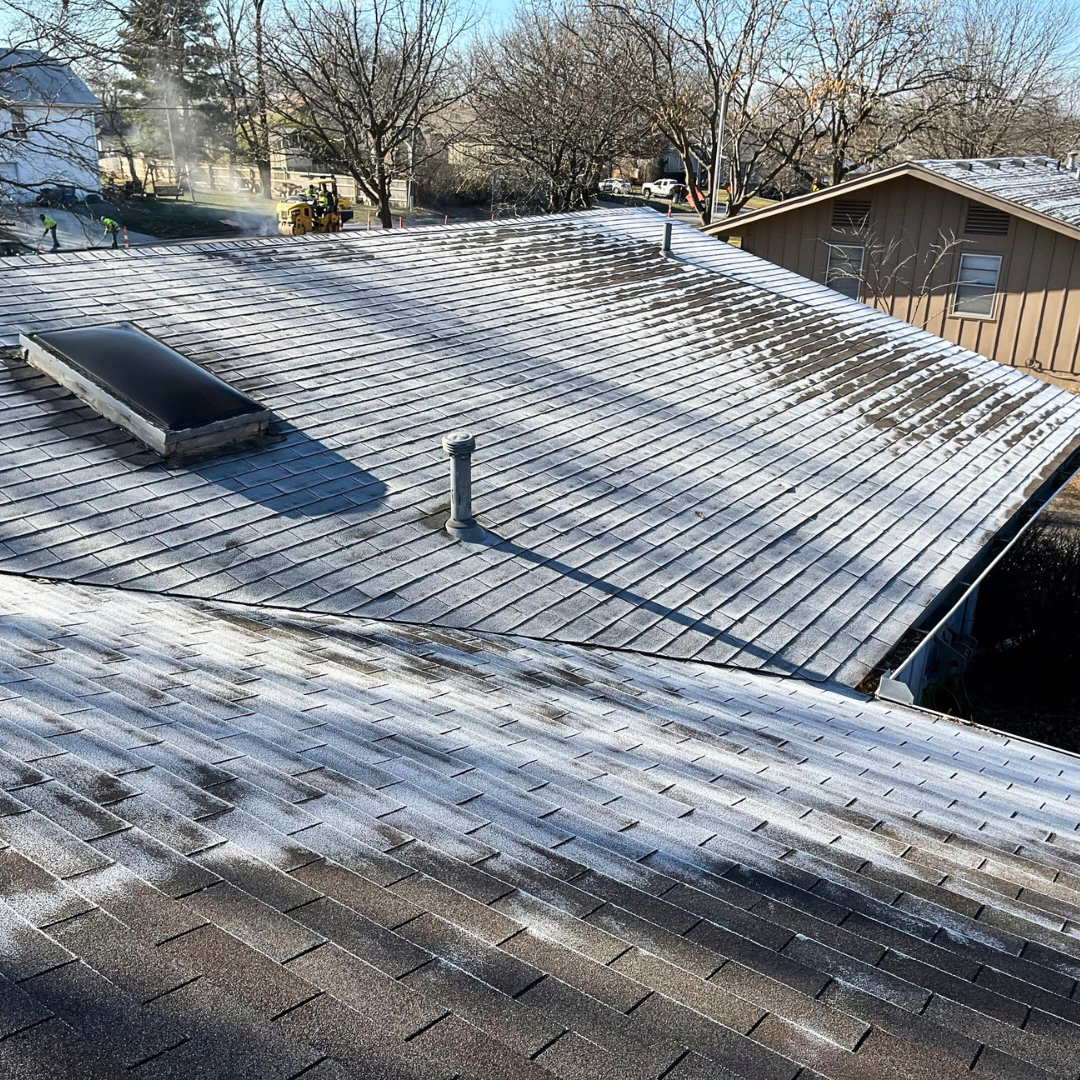
SERVING
Office Hours
Mon - Fri 8:00 am -5:00 pm
24/7 Emergency Services Available
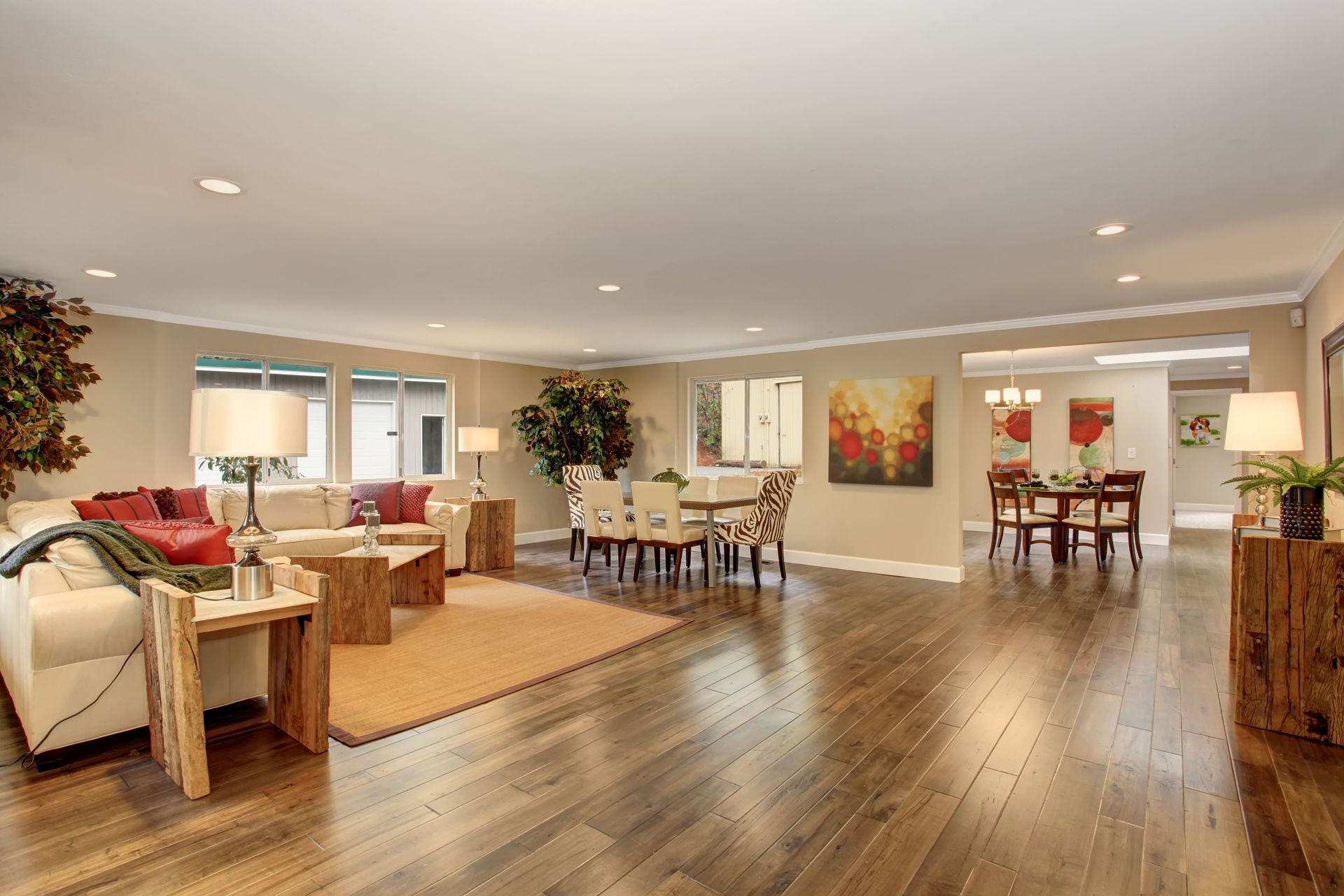
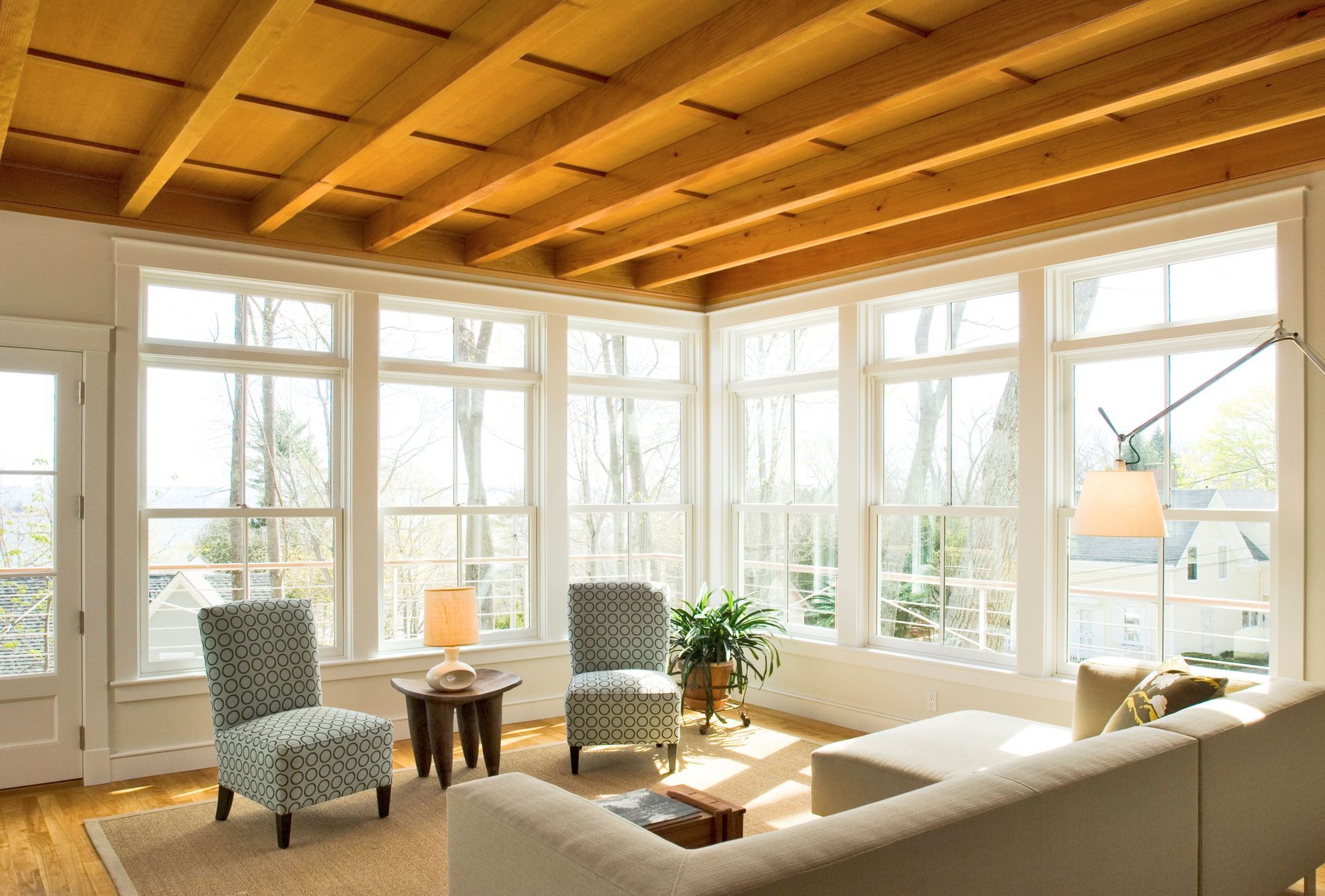
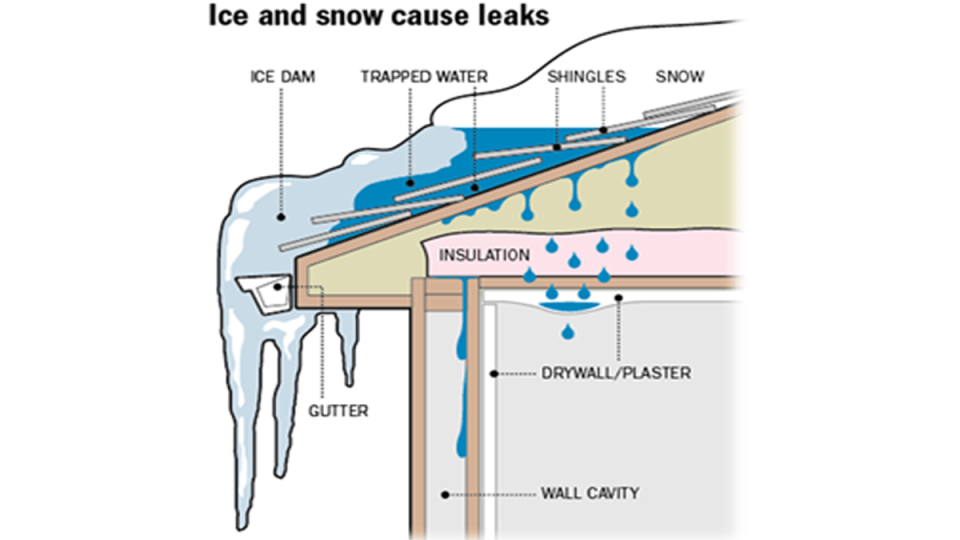
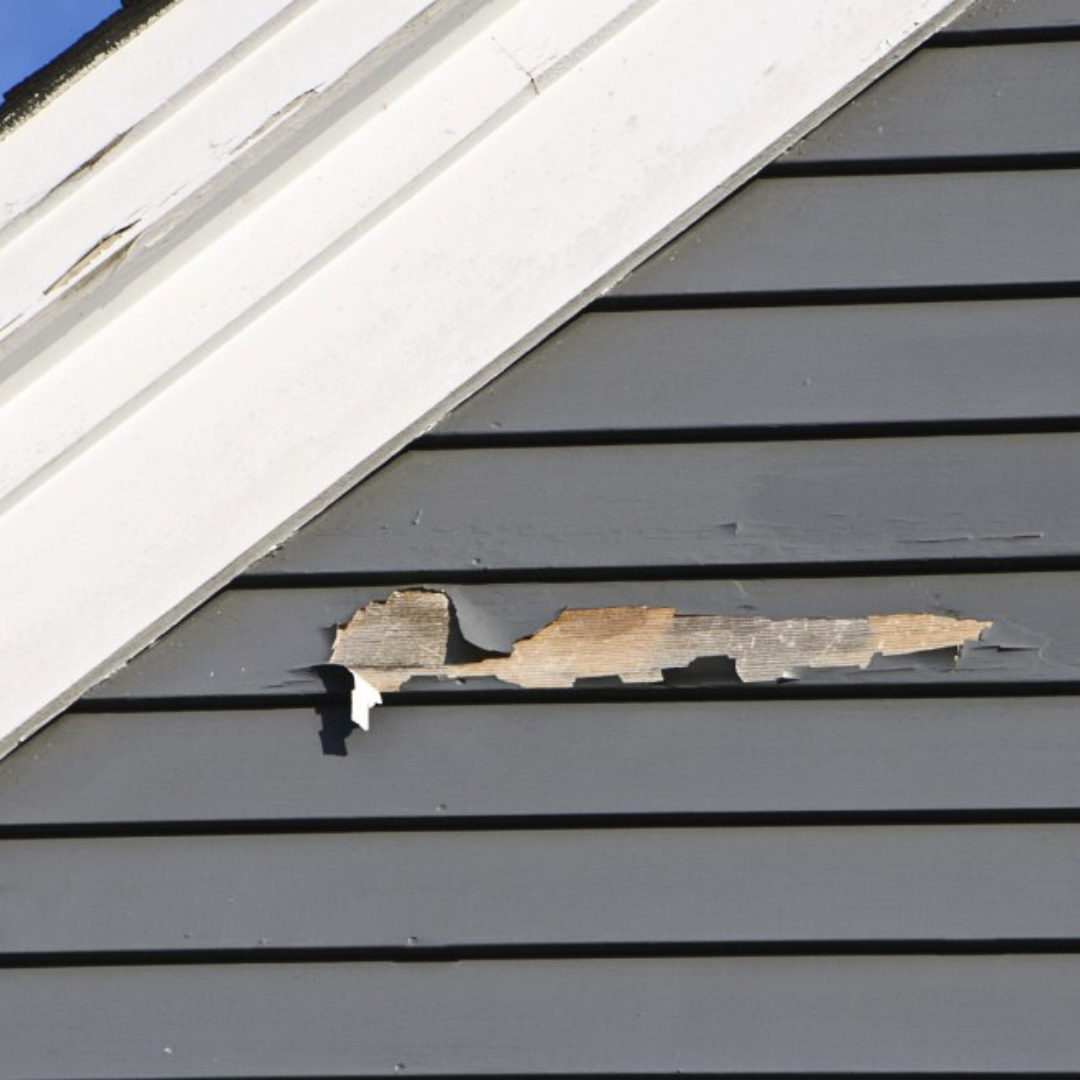
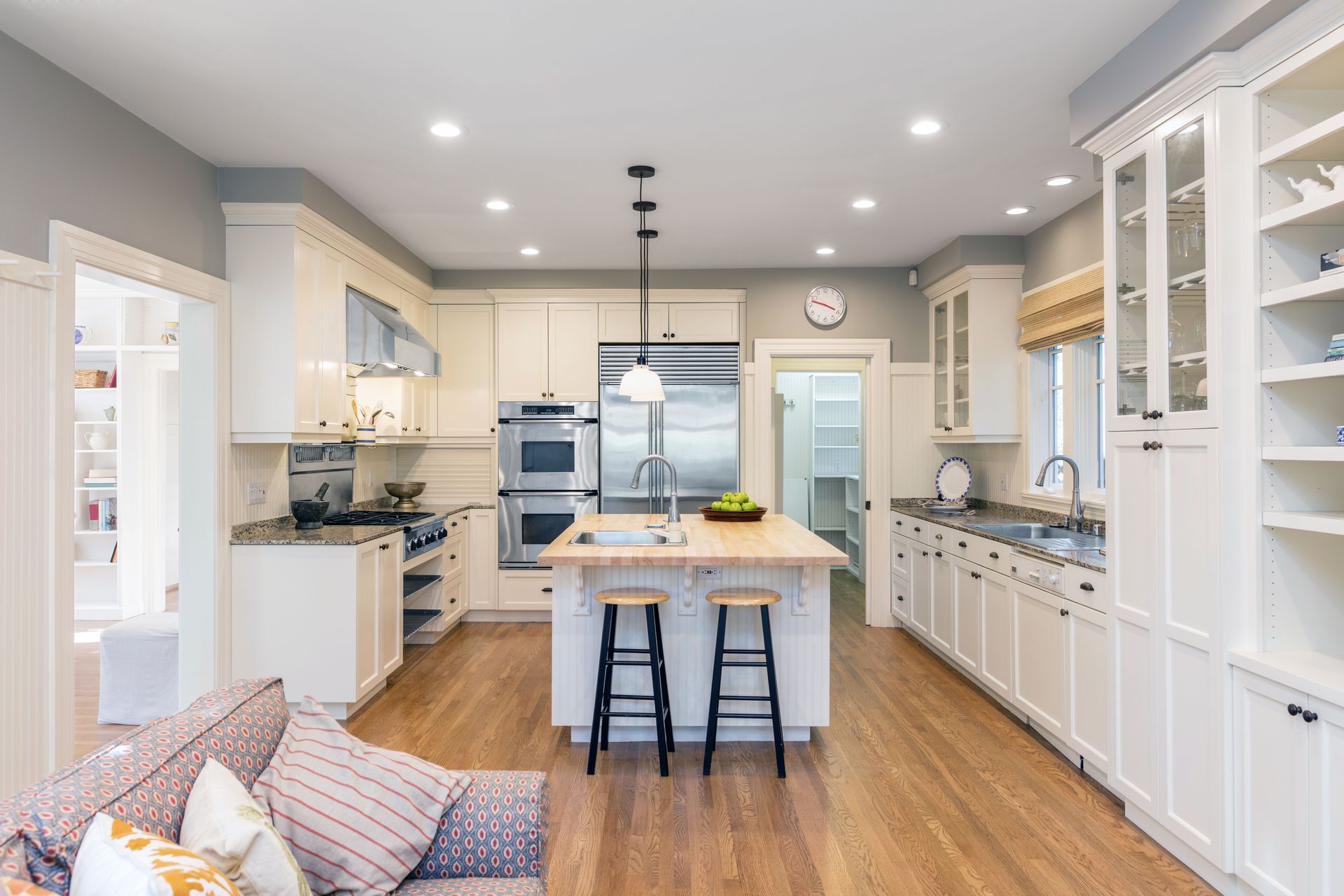
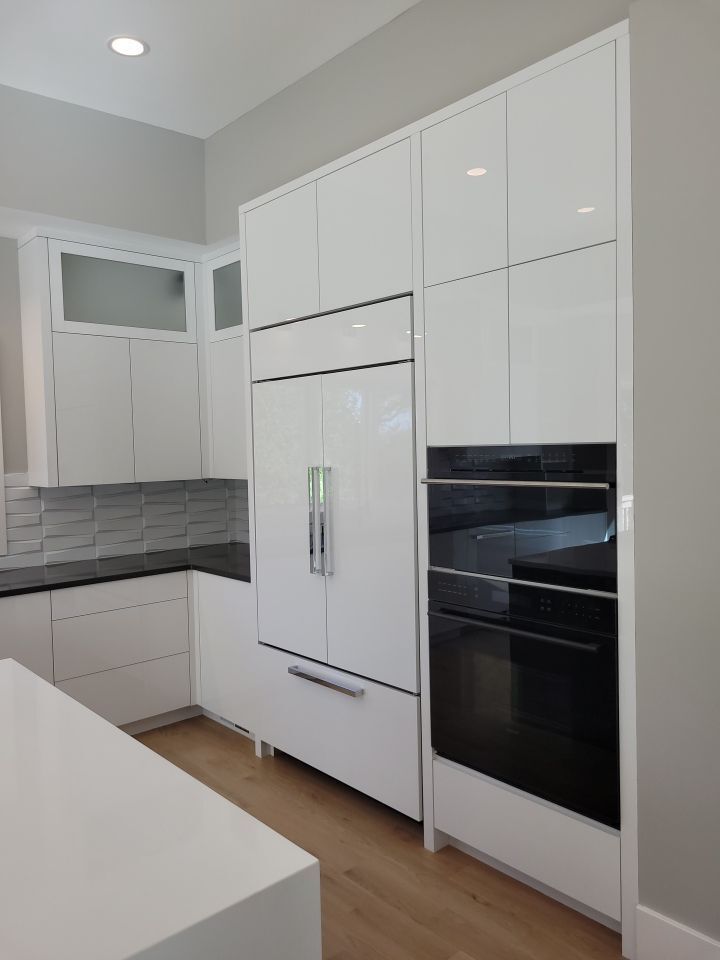
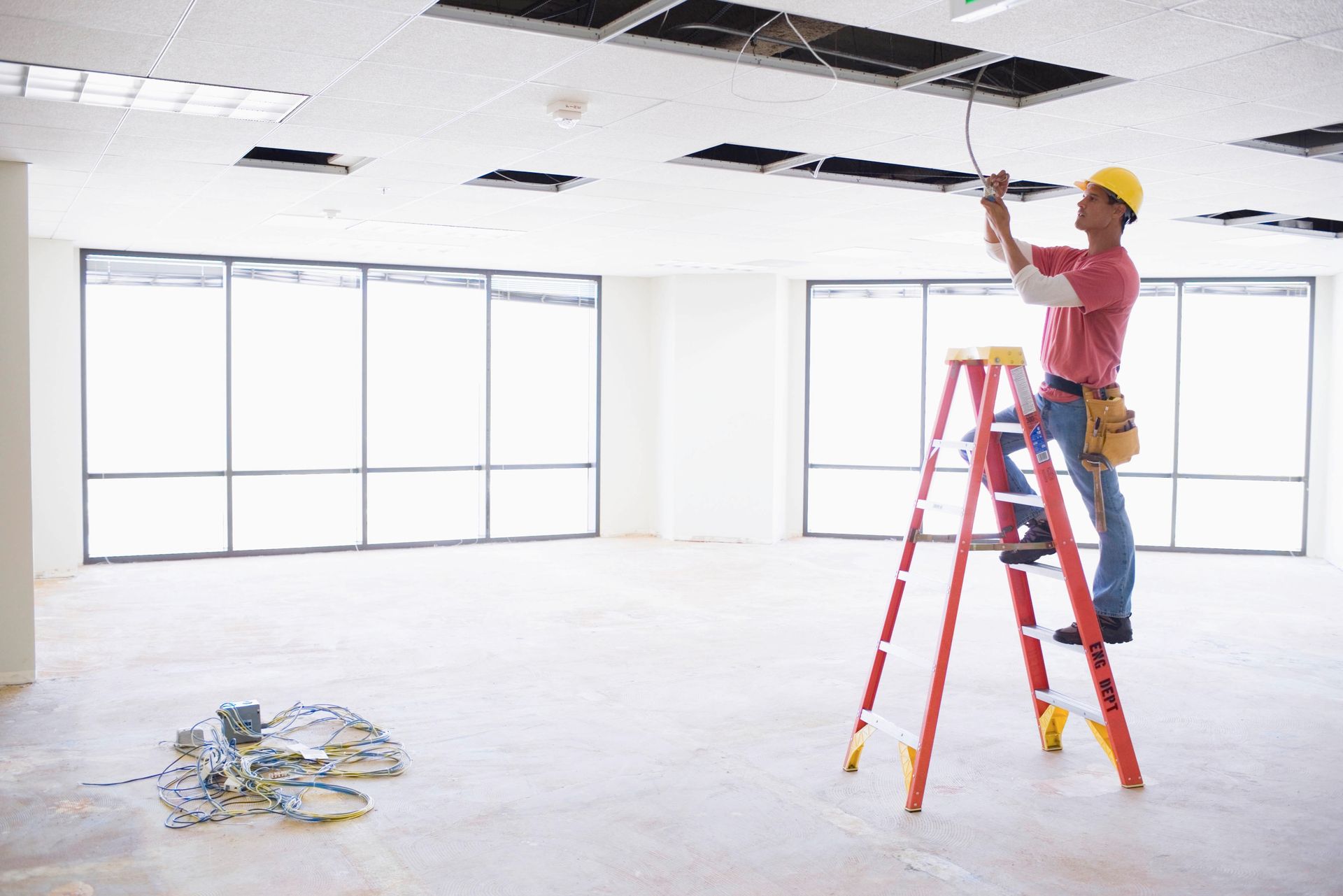
Share On: